Our advanced block-building operation Builder+ uses sophisticated algorithms to maximize revenue. By strategically selecting and ordering the most profitable transactions within a block, we earn a higher share of gas fees (ETH rewards). This scalable operation, launched in 2024, provides BTCS with a powerful new revenue stream on the Ethereum network.
How Block Building Works on Ethereum
Acquire Block Space
Strategically participates in the Proposer-Builder Separation (PBS) auction system, bidding to secure the right to populate the next block in the chain.
Construct Optimized Block
Leverage advanced algorithms to select and sequence OFAC-compliant transactions from the public mempool and private order flow.
Collect Gas Fees as Revenue
Receive gas fees from transactions added to successfully proposed blocks.
Optimized Block Creation
Maximum Extractable Value (MEV) is a key concept in Ethereum’s blockchain economics, representing the additional revenue potential that can be unlocked by reordering transactions within a block to prioritize those with the highest fees.
Through Builder+, BTCS leverages advanced algorithms to construct MEV-optimized blocks by selecting and sequencing transactions from both the public mempool (queue) and private order flow. This approach maximizes gas fee revenue for builders and enhances total block rewards for validators, all while maintaining strict compliance standards.
By including MEV opportunities into blocks, Builder+ generates scalable revenue growth for BTCS within the Ethereum network and strengthens BTCS's role in blockchain value creation.
Ethereum Economics
Ethereum's transaction cycle relies on multiple specialized roles to validate and securely propagate transactions. BTCS is uniquely positioned across several critical points in this value chain through its vertically integrated operations as a block builder, validator, and relay operator. Our approach not only underscores BTCS's commitment to regulatory compliance but also accelerates our ability to drive scalable growth.
Mempool
The mempool is the gateway for all Ethereum transactions. When a user initiates a transaction, it enters the mempool as a temporary queue where pending transactions await inclusion in a block. Transactions here are publicly accessible, providing an opportunity for network participants to optimize their processing. Each transaction is accompanied by a gas fee, determining its prioritization for inclusion in the blockchain.
Searchers
Searchers are independent participants who actively scan the mempool for arbitrage and optimization opportunities. By strategically bundling and sequencing transactions, searchers aim to maximize potential profits. While searchers do not build blocks themselves, they propose bundles to builders, leveraging this interaction to influence block composition.

Builder
Builders play a central role in optimizing the Ethereum transaction cycle. They monitor and analyze both the public mempool and private bundles submitted by searchers to identify and construct optimized blocks. These blocks are designed to maximize potential gas fee revenue by strategically rearranging transactions using advanced algorithms. Builders then submit their optimized blocks to relays, which forward them to validators for consideration. Builders earn gas fees from the transactions included in blocks that are selected and proposed by validators, while validators receive fees from builders as an incentive for a block's inclusion.

Relay
Relays facilitate seamless communication between builders and validators, acting as intermediaries, similar to an escrow agent, that securely transmit blocks. By concealing block contents until validators accept and sign them, relays enhance trust and security in the transaction flow. While they do not directly profit from the process, their administrative role ensures the integrity and efficiency of the transaction lifecycle.
